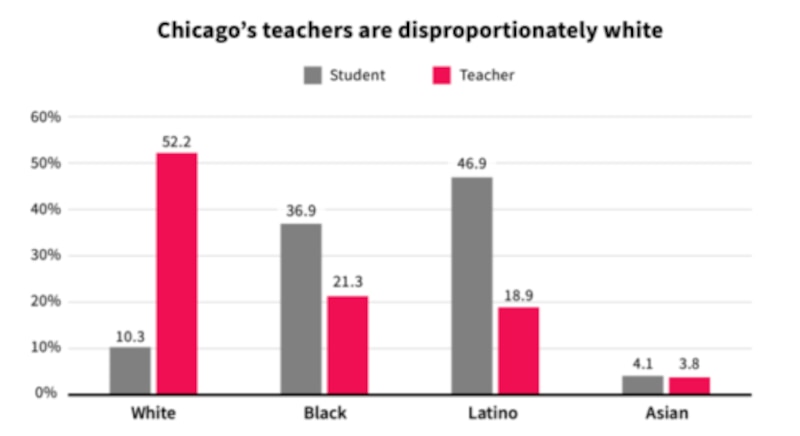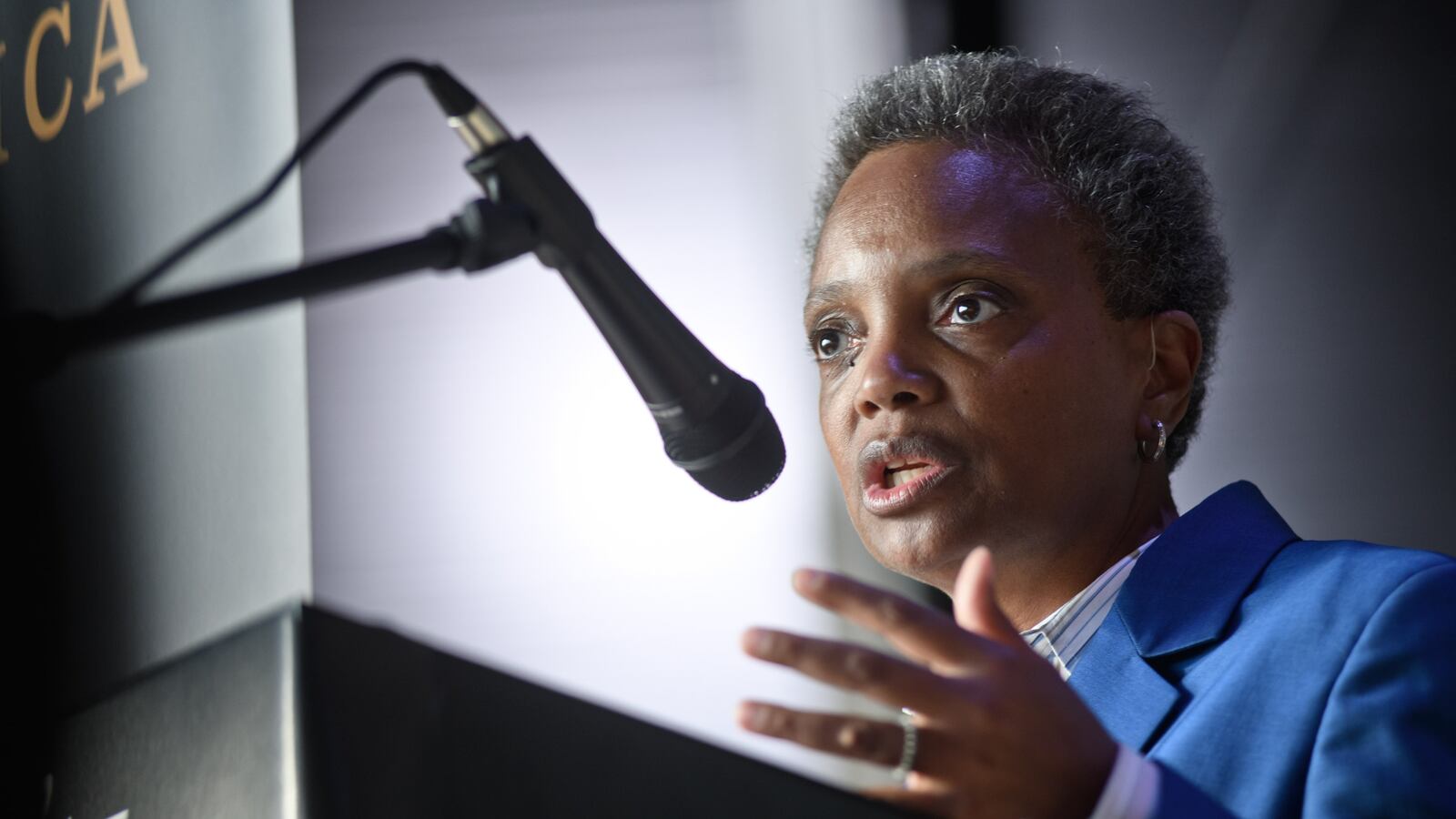In her first term as mayor, Lori Lightfoot will likely overhaul the way the district gives money to schools, moving away from per-pupil allocation that penalizes shrinking schools, with the goal of tackling racial and economic inequity at a school district steeped in “Chicago’s legacy of structural racism and intentional exclusion.”
That characterization of Chicago Public Schools and the recommended funding shift are included in the mayor-elect’s transition report, released Friday.
Related: In a shift, Chicago to prop up budgets at schools struggling to attract students
More than 400 people attended a breakfast meeting Friday at Malcolm X College on the Near West Side where Lightfoot’s transition committees presented recommendations for the mayor-elect’s agenda.
Lightfoot’s education committee summarized suggestions for how Lightfoot should run the nation’s third-largest school district.
The committee’s vision includes distributing resources based on need, where schools serving high-poverty areas, students in special education, English language learners and students enduring trauma would be first in line.
Committee meetings, Lightfoot’s values, and surveys of community members informed the recommendations.
“These Chicagoans express gratitude for the skills and heart of the educators who serve our young people,” said Sylvia Puente, executive director of the Latino Policy Forum, and one of four women of color leading the education transition committee. “But those same Chicagoans said that too many of our young people bare the burden of our city’s legacy of disinvestment, inequality, racism, and exclusion.”
Related: Lori Lightfoot names four women of color to head education transition team
The committee report recommends engaging the community to define adequate funding for high-poverty schools and to develop an equity-based formula. The committee also suggests improving training and support for Local School Councils and other school decision-makers about budgets, and pressing the state for fair and adequate education funding.
Puente said that Lightfoot’s administration must “demand and adequately distribute funding for our young people.”
“CPS receives 64 percent of every dollar we need in our schools,” she said. “The full dollar is needed.”
Related: Chicago is throwing its smallest high schools a lifeline. But is it enough?
That statement spurred applause, as did a call to “replace police presence with restorative justice” in schools.
Lightfoot, who said she was particularly involved in the education committee discussions, told Puente afterward, “the priorities you outlined are in line with my vision of things we need to do regarding education.”
She also cited an altercation earlier this year at Marshall High School where police were filmed dragging a girl down a flight of stairs and tasing the student, who police said fought them, while trying to remove her from the building for alleged misbehavior.
“It brought home to me [the question of] whether it made sense for us to have police officers as, effectively, first responders in our schools,” Lightfoot said.
The school district and police department, under a federal police reform agreement, are crafting a policy on the role of police in schools.
Related: As Illinois drafts new school police training guidelines, report gives peek into school safety
Lightfoot said that “some schools are dangerous” and need a security presence, but challenged schools chief Janice Jackson and police chief Eddie Johnson to look at other jurisdictions “to see whether or not we can have other responders who are truly trained to address issues that come up in schools with some different tools other than arrest.”
The education committee report covers a host of issues, listed at the end of this article. Puente went over some of the priorities outlined. She emphasized the need to engage community members.
“Those most harmed by history must help shape the path forward,” she said.
She also stressed that the district needs to “build the teacher pipeline so that our students see themselves in their educators,” adding that “3,000 more black educators, and 5,000 more Latino educators are needed to have equitable representation.”
Related: At one Chicago high school, big plans amid a bilingual teacher shortage

The committee also stressed addressing college affordability, removing barriers to postsecondary success, implementing approaches to instruction and discipline that account for students’ trauma, providing universal pre-kindergarten, and expanding an initiative that links schools with community partners to help transform campuses, and provides funds to support their efforts.
In curriculum, the report also suggests expanding options like International Baccalaureate and career-technical programs, and alternative credit programs for students who drop out of high school and college.
Here’s a copy of the report:

